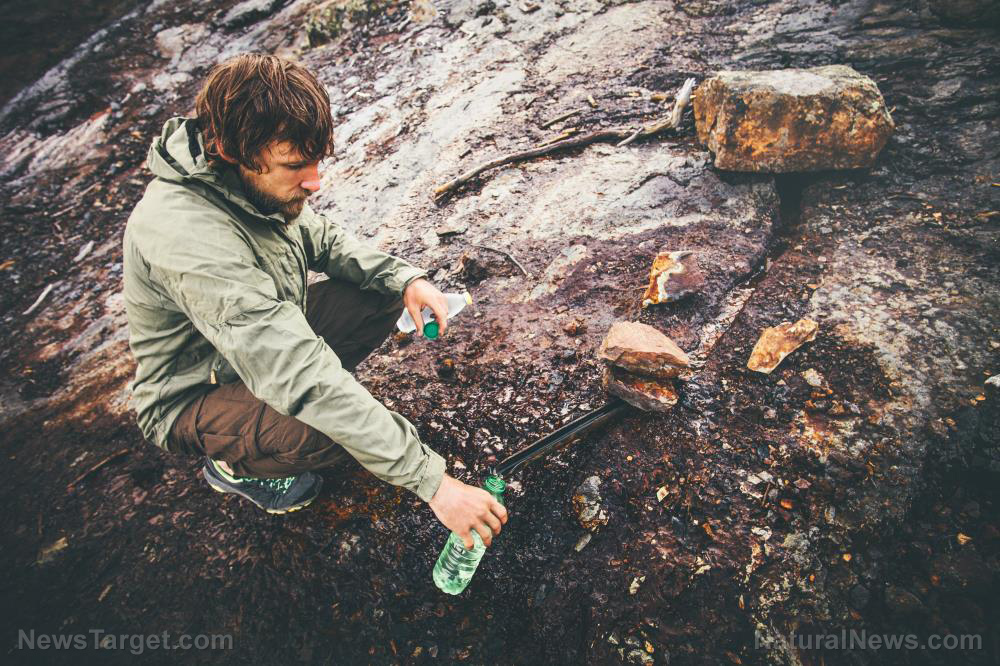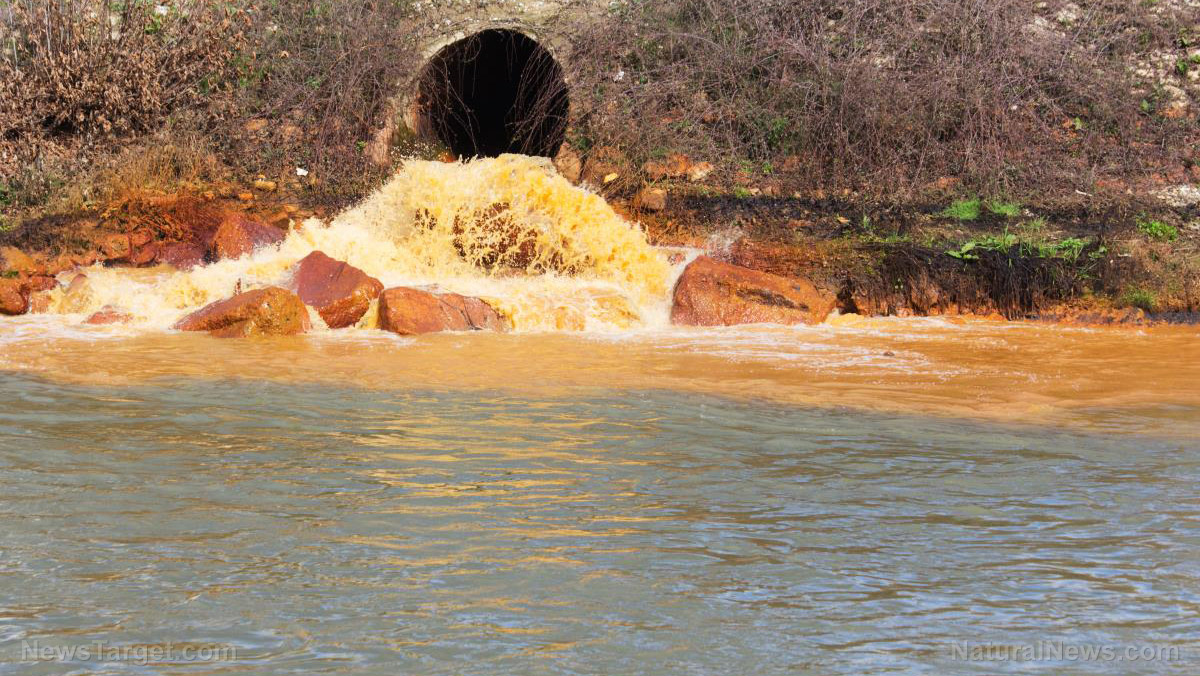Groundwater radiation levels at Fukushima power plant increase, despite cleanup efforts
01/13/2016 / By Greg White

Decommissioning the Fukushima Daiichi power plant has been paved by more steps moving backwards than forwards. Now, it has been discovered that the total amount of groundwater tainted by radiation has increased, despite cleanup efforts.
The Tokyo Electric Power Company (TEPCO), the company in charge of the Fukushima power plant, had originally planned to reduce the total amount of contaminated water by half, or 150 metric tons, by pumping up groundwater from wells on the ocean side and sub-drains inland.(1)
Nevertheless, the pumped water proved to be highly radioactive, clcthus, preventing officials from releasing it into the ocean. A staggering 400 tons of radioactive water are transferred and stored at the side of the reactors each day.(1)
TEPCO began pumping up groundwater from the ocean side drains in October. They quit releasing water into the ocean after dense concentrations of radioactive waste and salt were found in the groundwater pumped from four of the five wells at the Fukushima site.
Ice wall harbors, rather than mitigates, disaster
The density of the radioactive groundwater increased as a consequence of an impenetrable wall of frozen soil surrounding the power plant. The wall was designed to prevent radioactive material from leaking into the surrounding environment.
Although the wall had best intentions in mind, it has created difficulties in finding a place to store the radioactive water in the long-term. The increase in high water pressure distorted the soil barrier by 20 centimeters, thus forcing TEPCO officials to reinforce the barrier.(1)
TEPCO has touted that the 30-meter deep and 1,500-meter long barrier has significantly reduced the risks attached to the power plant. In spite of these assurances, however, the situation remains unstable. No one is really sure whether the ice wall will actually work on such a large scale.(2)
In August 2014, for instance, TEPCO admitted that the ice wall between the unit 2 turbine building and the cable tunnel was not working. Approximately 400 tons of ice were injected into the ground but failed to lower the temperature enough to freeze the soil.(2)
“We ended up building extra tanks (due to the increase of overall contaminated water), but we will never leak such water to the outside,” Naohiro Masuda, president of TEPCO’s Fukushima Daiichi Decommissioning Co., said at a press conference.(1)
TEPCO starts to come clean about Fukushima mess
TEPCO is finally starting to come clean about the severity of the Fukushima disaster in other respects, as well. A new declassified report from the US Nuclear Regulatory Commission, written about a week after the disaster occurred, revealed that 100 percent of the total nuclear fuel spent at reactor number four was released into the atmosphere. According to nuclear expert Arnie Gundersen, unit four harbored more cesium “than in all 800 nuclear bombs exploded above ground.”(3)
Cesium has been linked to thyroid cancer, which is on the rise at the Fukushima site ever since the disaster occurred in 2011, according to the US National Library of Medicine. A major study that made headlines in October found that thyroid cancer rates were 30 to 50 times higher for children living inside the Fukushima Prefecture than outside.(4)
TEPCO hopes to reduce the rush of groundwater into the reactor building to around 100 tons a day by the end of the fiscal 2016. They plan to make the daily increase of radioactive water near zero by the end of 2020, just in time for the Olympics. This is expected to be achieved by installing a multi-nuclide removal equipment called ALPS. Best estimates suggest it will take about 40 to 50 years to decommission the power plant.(1)
Sources include:
(1) Mainichi.jp
(3) RT.com
Tagged Under: clean up Fukushima, Fukushima, FukushimaWatch, radioactive groundwater, radioactivegroundwater, TEPCO, TEPCO lies, TEPCOlies




















